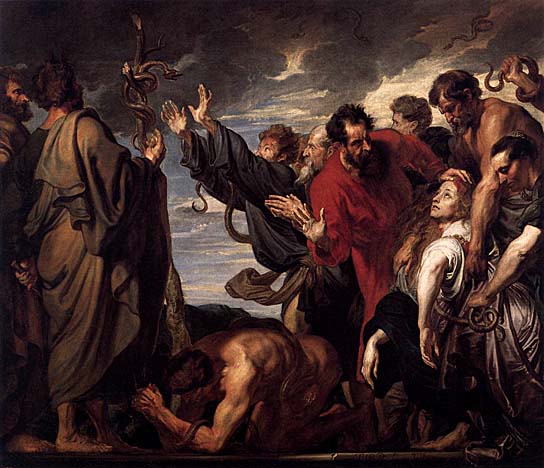
April Fools’ Day is a special day dedicated to playing practical jokes and pranks. In English- speaking countries it is known as an April fool; in France, an April fish; in Scotland, he is an April gawk. But most people who partake in the foolish fun have no idea why we still celebrate this day filled with gags.
It makes you wonder who is being played the fool here.
The secret meaning of April Fools’ Day surrounds the story of the old Gnostic, pagan celebrations, and Christ being Crucified. My research shows that it was created by the Church in order to fool and ridicule the followers of various rites that were celebrated on April 1st surrounding the competing cults of the Roman Saturnulia and the Druidical rites.
April Fool’s Day is but a corruption of All Fool’s Day; and that it is borrowed from the Roman “Festum Fatuorum,” Feast of Fools, a Fool‘s Holiday.
A sort of foolish Christian propaganda they would employ to play jokes on who they may have thought were pagan fools.
From Pagan Celebrations to the Crucifixion of Christ
The majority of modern scholars favour the date 7 April, 30 AD to be when Christ had been crucified. Another popular date is Friday, April 3, AD 33. This date I believe later became the holiday we now call April Fools’ Day or All Fools’ Day.
In Italy, France and Belgium, children and adults traditionally tack paper fishes on each other’s back as a trick and shout “April fish!”
The Koine Greek word for fish: ἰχθύς, (capitalized ΙΧΘΥΣ or ΙΧΘΥϹ) is a symbol consisting of two intersecting arcs, the ends of the right side extending beyond the meeting point so as to resemble the profile of a fish, used by early Christians as a secret Christian symbol and now known colloquially as the “sign of the fish” or the “Jesus fish.”
In order to catch a fish, you have to fool it with some bait that is concealing a sharp hook. Once the fish bites the bait, he has been fooled and by Jesus, you caught a fish.
Only this time, they are fishers of men…
Supporting Research:
The origin of this custom has been much disputed, and many ludicrous solutions have been suggested, e.g. that it is a farcical commemoration of Christ being sent from Annas to Caiaphas, from Caiaphas to Pilate, from Pilate to Herod, and from Herod back again to Pilate, the crucifixion having taken place about the 1st of April.
What seems certain is that it is in some way or other a relic of those once universal festivities held at the vernal equinox, which, beginning on old New Year’s day, the 1st of March, ended on the 1st of April, This view gains support from the fact that the exact counterpart of April-fooling is found to have been an immemorial custom in India.
The festival of the spring equinox is there termed the feast of fool, the last day of which is the 1st of March, upon which the chief amusement is the befooling of people by sending them on fruitless errands. It has been plausibly suggested that Europe derived its April-fooling from the French.
They were the first nation to adopt the reformed calendar, Charles IX., in 1564 decreeing that the year should begin with the 1st of January. Thus the New Year’s gifts and visits of felicitation which had been the feature of the 1st of April became associated with the first day of January, and those who disliked the change were fair butts for those wits who amused themselves by sending mock presents and paying calls of a pretended ceremony on the 1st of April.
Though the 1st of April appears to have been anciently observed in Great Britain as a general festival, it was apparently not until the beginning of the 18th century that the making of April-fools was a common custom. In Scotland, the custom was known as “hunting the gowk,” i.t. the cuckoo, and April-fools were “April-gowks,” the cuckoo being there, as it is in most lands, a term of contempt. In France the person be fooled is known as poisson ti’avril. This has been explained from the association of ideas arising from the fact that in April the sun quits the zodiacal sign of the fish. A far more natural explanation would seem to be that the April fish would be a young fish and therefore easily caught.
SOURCE: The Encyclopedia Britannica: A Dictionary of Arts, Sciences …, Volume: 2 By Hugh Chisholm

Moe is the founder of GnosticWarrior.com. He is a father, husband, author, martial arts black belt, and an expert in Gnosticism, the occult, and esotericism.








